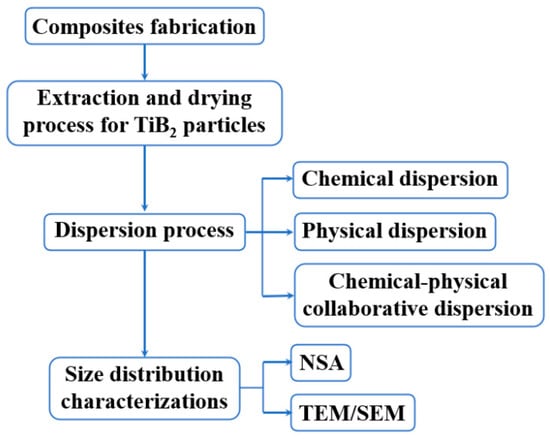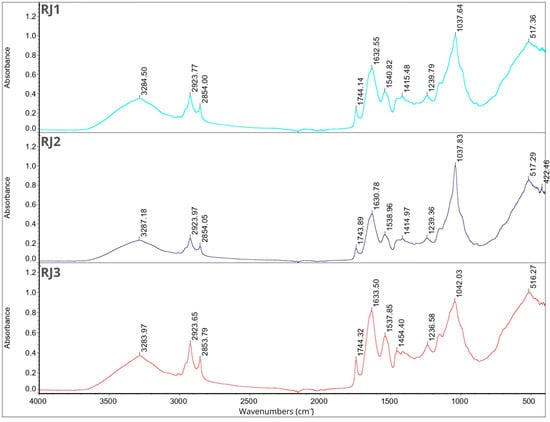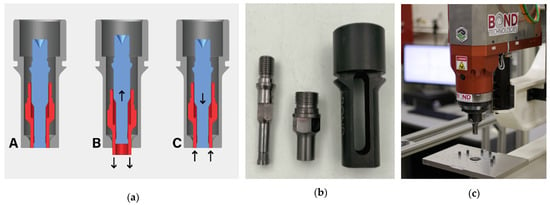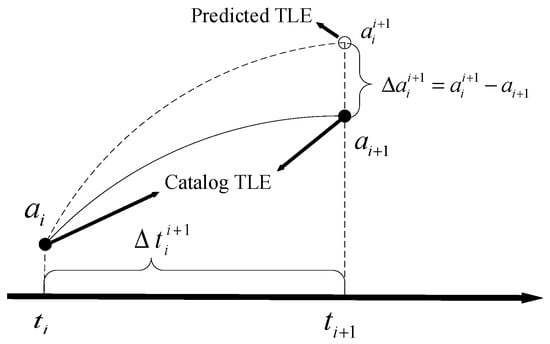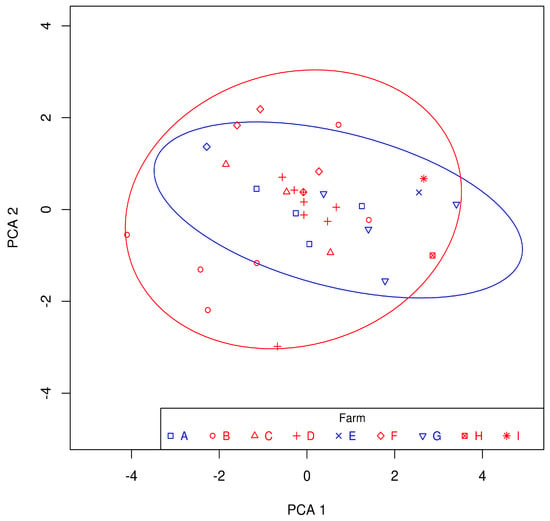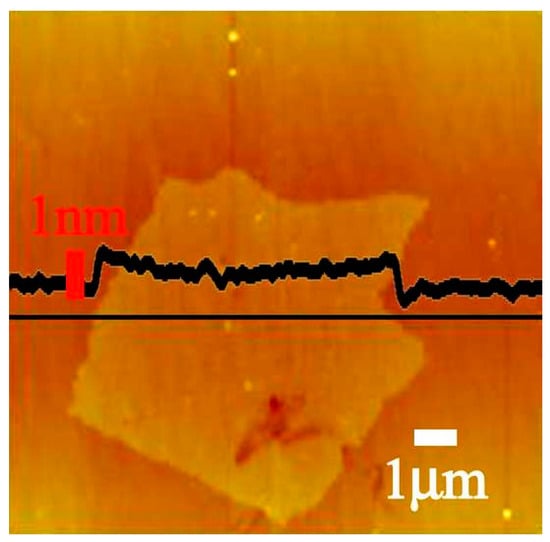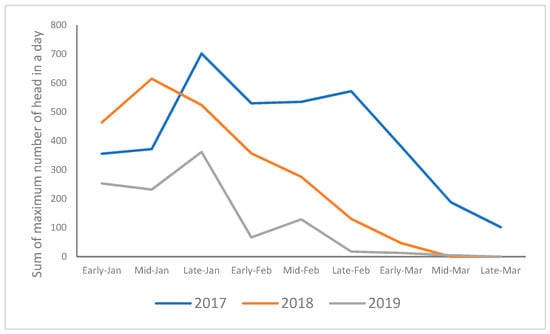Dissolved organic matter (DOM) serves as a critical link in the migration and transformation of heavy metals at the soil–solid interface, influencing the migration behaviour and transformation processes of Cu
2+ in soil. There have been studies on the combination mechanisms between DOM and Cu
2+ in paddy soils. However, the adsorption/complexation and redox processes between DOM and Cu
2+ in other agricultural soil types (such as dry farmland and vegetable fields) are unclear. In order to reveal the combination process of DOM with Cu in different agricultural soil types and the dynamic changes in chemical behaviour that occur, this study analysed the variability of DOM components and structure in three soils using three-dimensional fluorescence spectroscopy and X-ray photoelectron spectroscopy. In addition, the priority order of different DOM compounds in combination with Cu and the change process in relation to the Cu valence state in the soil of Lujiang County, Anhui Province, was revealed based on laboratory experiments. The results showed that the composition of soil DOM was mainly composed of humic-like and fulvic-like substances with a clear terrestrial origin and that the organic matter showed a high degree of decomposition characteristics. The results indicated that the composition of soil DOM is mainly composed of humic and fulvic acid-like substances, and they have obvious characteristics of terrestrial origin. In addition, the soil organic matter showed high decomposition characteristics. The complex stability constants (lgK
M) of humic acid-like substances with Cu
2+ follow the order of forest land (lgK
M = 5.21), vegetable land (lgK
M = 4.90), and dry farmland (lgK
M = 4.88). The lgK
M of fulvic acid-like substances with Cu
2+ is in the order of dry farmland (lgK
M = 4.51) and vegetable land (lgK
M = 4.39). Humic acid-like substances in soil DOM combine preferentially with Cu
2+, showing a stronger chelating affinity than fulvic acid-like substances. Cu
2+ complexes mainly include hydroxyl, phenolic hydroxyl and amino functional groups are included in soil DOM, accompanied by redox reactions. In comparison to dry farmland, the soil DOM in forest and vegetable fields undergoes more intense redox reactions simultaneously with the chelation of Cu
2+. Therefore, the application of organic fertilisers to vegetable and forest soils may lead to uncertainties concerning the fate of heavy metals with variable chemical valence. These results contribute to a deeper understanding of the interaction mechanisms between DOM and Cu
2+ in agricultural soils.
Full article
 IJMS
IMPACT
IJMS
IMPACT Applied Sciences
IMPACT
Applied Sciences
IMPACT Sustainability
IMPACT
Sustainability
IMPACT Sensors
IMPACT
Sensors
IMPACT JCM
IMPACT
JCM
IMPACT Energies
IMPACT
Energies
IMPACT Molecules
IMPACT
Molecules
IMPACT Materials
IMPACT
Materials
IMPACT Remote Sensing
IMPACT
Remote Sensing
IMPACT Cancers
IMPACT
Cancers
IMPACT Electronics
IMPACT
Electronics
IMPACT Mathematics
IMPACT
Mathematics
IMPACT Foods
IMPACT
Foods
IMPACT Buildings
IMPACT
Buildings
IMPACT Plants
IMPACT
Plants
IMPACT Nutrients
IMPACT
Nutrients
IMPACT Animals
IMPACT
Animals
IMPACT Polymers
IMPACT
Polymers
IMPACT Water
IMPACT
Water
IMPACT Diagnostics
IMPACT
Diagnostics
IMPACT Biomedicines
IMPACT
Biomedicines
IMPACT Agronomy
IMPACT
Agronomy
IMPACT Microorganisms
IMPACT
Microorganisms
IMPACT Processes
IMPACT
Processes
IMPACT Healthcare
IMPACT
Healthcare
IMPACT Forests
IMPACT
Forests
IMPACT Cells
IMPACT
Cells
IMPACT JMSE
IMPACT
JMSE
IMPACT Medicina
IMPACT
Medicina
IMPACT Viruses
IMPACT
Viruses
IMPACT Agriculture
IMPACT
Agriculture
IMPACT Nanomaterials
IMPACT
Nanomaterials
IMPACT IJERPH
IJERPH
 Land
IMPACT
Land
IMPACT Pharmaceutics
IMPACT
Pharmaceutics
IMPACT Pharmaceuticals
IMPACT
Pharmaceuticals
IMPACT Religions
IMPACT
Religions
IMPACT Biomolecules
IMPACT
Biomolecules
IMPACT Life
IMPACT
Life
IMPACT Micromachines
IMPACT
Micromachines
IMPACT Atmosphere
IMPACT
Atmosphere
IMPACT Antioxidants
IMPACT
Antioxidants
IMPACT Genes
IMPACT
Genes
IMPACT Metals
IMPACT
Metals
IMPACT Symmetry
IMPACT
Symmetry
IMPACT Children
IMPACT
Children
IMPACT Coatings
IMPACT
Coatings
IMPACT Vaccines
IMPACT
Vaccines
IMPACT Horticulturae
IMPACT
Horticulturae
IMPACT Education Sciences
IMPACT
Education Sciences
IMPACT Minerals
IMPACT
Minerals
IMPACT Brain Sciences
IMPACT
Brain Sciences
IMPACT JPM
IMPACT
JPM
IMPACT Bioengineering
IMPACT
Bioengineering
IMPACT



